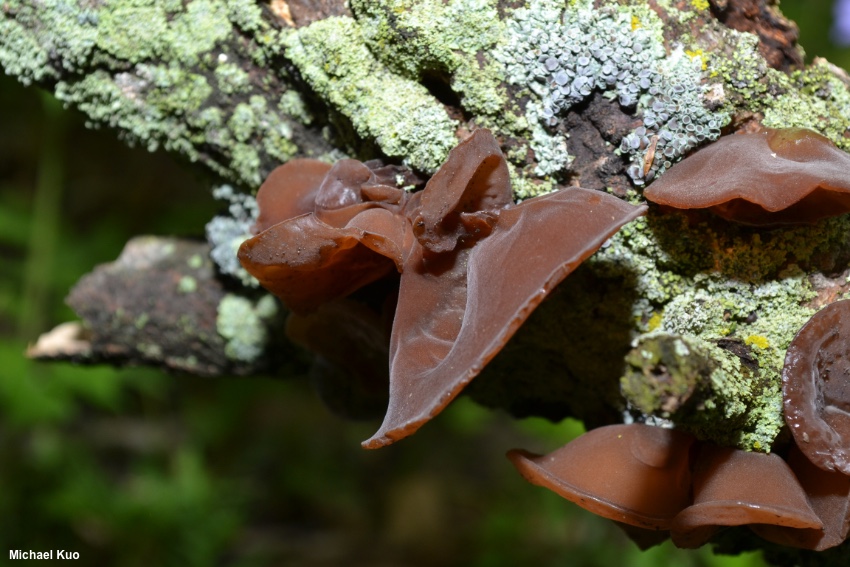Mushroom poisoning can be serious (poisoning by the deadliest mushrooms, in the genus Amanita, is lethal in 10-30% of cases – worse if liver transplants are not available) but is comparatively rare – you have to eat a poisonous mushroom to be poisoned. Mycotoxin poisoning is more common but actually difficult to tabulate, due to its chronic nature. And then there’s bacterial food poisoning in which mushrooms just happen to be the implicated food. I know of three outbreaks in 2022 and 2023; all happen to be due to Listeria in enoki mushrooms.
Mushrooms should be cooked before consumption (among other things, you want to activate the powerful fungal digestive enzymes; people have been sickened by raw mushrooms trying to digest them while they’re trying to digest the mushrooms!). Improper cooking is thought to be the reason behind the outbreak associated with consumption of morel mushrooms in Montana. Enokitake, commercially available as the long, skinny, white mushrooms with long stems and small caps, are among those which some people add, uncooked, to salads; more commonly, they are stir-fried. The wood ear mushrooms implicated in salmonellosis were sold dehydrated to restaurants, which would normally rehydrate them and use them in soups, stir fries or hot pot – in all of which cases once can envision uneven exposure to heat and possible survival of pathogens.
Image by Michael Kuo, from his wonderful website mushroomexpert.com

